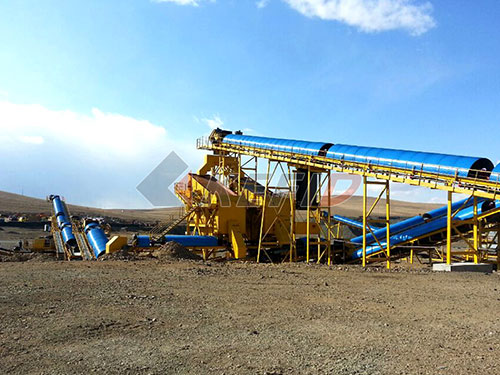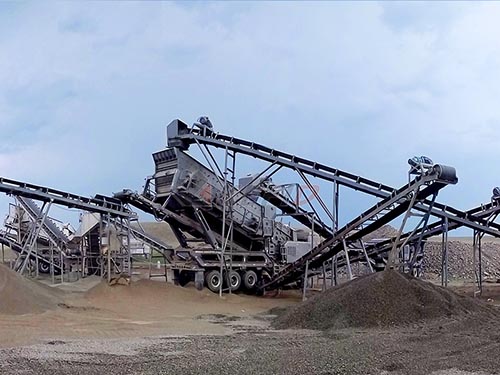Here is a professionally crafted English article on “Cone Crushers: How They Work,” designed to be informative and engaging:
Cone Crushers: How They Work and Why They Matter in Modern Industry
Cone crushers are indispensable machines in the mining, aggregate, and quarrying industries, renowned for their ability to reduce large rocks into precisely sized gravel or rock dust. This article explores the mechanics, applications, and operational principles of cone crushers while highlighting their critical role in modern material processing.

The Fundamental Design of Cone Crushers
At their core, cone crushers operate on a simple yet ingenious principle: compressive crushing combined with gyrational motion. Unlike jaw crushers that use a reciprocating motion, cone crushers employ a rotating mantle within a concave bowl liner to achieve particle size reduction. components include:
– Main shaft: Transmits rotational force from the eccentric assembly
– Mantle: The moving conical crushing surface
– Concave: Stationary outer liner creating the crushing chamber
– Eccentric assembly: Generates the gyratory motion
– Hydraulic system: Controls CSS (Closed Side Setting) and overload protection
Operational Mechanics: A Step-by-Step Breakdown
1. Material Entry
Raw material enters through the top feed opening, guided into the crushing chamber by the rotating distributor plate.
2. Compression Phase

As the eccentric rotates, the mantle performs an elliptical movement. When approaching the concave, rock particles are compressed between the mantle and concave surfaces.
3. Gravity-Assisted Discharge
Crushed material falls by gravity through the narrowing gap during the mantle’s retreat phase. Finer particles exit first due to progressive size reduction.
4. Size Control
The CSS—the smallest distance between mantle and concave—determines final product size. Modern hydraulic systems allow real-time CSS adjustments without stopping operations.
Types of Cone Crushers
| Type | Features | Ideal Applications |
|–||-|
| Spring Cone | Mechanical spring overload protection | Small-scale operations |
| Hydraulic Cone | Advanced pressure relief systems | High-production quarries |
| Compound Cone | Combined impact/compression crushing | Medium-hard materials |
| Gyratory Cone | Steeper crushing chamber | Primary crushing stages |
Why Efficiency Matters: Technical Advantages
1. High Reduction Ratios (typically

Leave a Reply